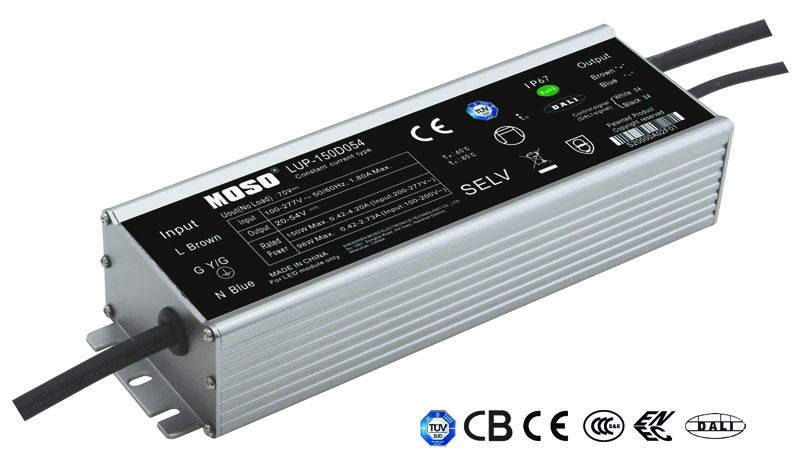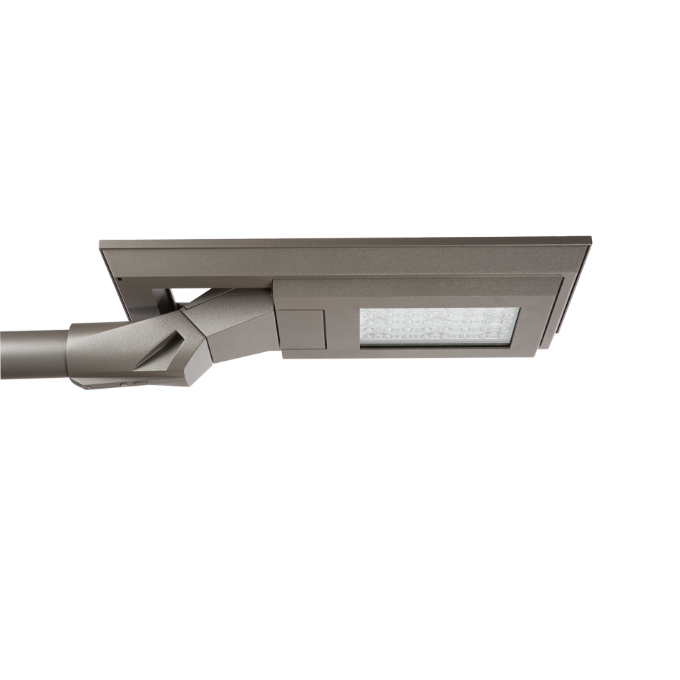The design of communication switching power supply cooling technology must first meet the technical performance requirements of the industry. In order to adapt to the special environment of the communication equipment room, the cooling method is required to be adaptable to changes in the ambient temperature. At present, the common cooling methods of the rectifier include three types of natural cooling, pure fan cooling, natural cooling and fan cooling. Natural cooling has no mechanical failure and high reliability; no air flow, less dust, which is conducive to heat dissipation; no noise and other characteristics. Pure fan cooling has light weight and low cost. The combination of fan and natural cooling technology has the characteristics of effectively reducing the size and weight of the device, the long service life of the fan, and the strong ability to adapt to fan failure.
1. Natural cooling
The natural cooling method is the traditional cooling method in the early days of switching power supplies. This method mainly relies on a large metal radiator for direct heat conduction heat dissipation. Heat exchange quantity Q = KA △ t (K heat exchange coefficient, A heat exchange area, △ t temperature difference). When the output power of the rectifier increases, the temperature of its power element will rise, and the temperature difference of Δt will also increase. Low thermal shock. But the main disadvantage of this method is the large size and weight of the heat sink. The winding of the transformer is to reduce the temperature rise as much as possible to prevent the temperature rise from affecting its working performance, so the margin of material selection is large, and the volume and weight of the transformer are also large. The material cost of the rectifier is high, and maintenance and replacement are inconvenient. Due to its low environmental cleanliness requirements, for small-capacity communication power supplies, there are still some applications in small professional communication networks, such as electricity, petroleum, radio and television, military, water conservancy, national security, and public security.
2. Fan cooling
With the development of fan manufacturing technology, the working stability and service life of fans have made great progress, and the average trouble-free time is 50,000 hours.
After the fan is used for heat dissipation, the bulky radiator can be reduced, which greatly improves the volume and weight of the rectifier, and greatly reduces the cost of raw materials. With the intensification of market competition and the decline in market prices, this technology has become the current main trend.
The main disadvantage of this method is that the average trouble-free time of the fan is shorter than the time of 100,000 hours of the rectifier. If the fan fails, it will have a great impact on the failure rate of the power supply. Therefore, in order to ensure the service life of the fan, the speed of the fan changes with the temperature change in the device. The heat dissipation Q = Km â–³ t (K heat exchange coefficient, m heat exchange air quality, â–³ t temperature difference). m The quality of heat exchange air is related to the speed of the fan. When the output power of the rectifier increases, the temperature of the power element will rise, and the temperature of the power element changes until the rectifier can detect this change, and then increases the speed of the fan In order to enhance heat dissipation, there is a great lag in time. If the load often changes suddenly, or the mains input fluctuates greatly, it will cause rapid thermal changes of the power component. The thermal stress and thermal shock generated by this sudden semiconductor temperature difference will cause stress cracks in different material parts of the component. Make it premature.
3. Combination of fan and natural cooling
Due to changes in ambient temperature and changes in load, the heat dissipation energy of the power supply when working, using a combination of fans and natural cooling can quickly dissipate heat energy. In this way, while increasing the heat dissipation of the fan, the area of ​​the heat sink can be reduced, so that the power component works under a relatively stable temperature field condition, and the service life will not be affected by the change of external conditions. This not only overcomes the shortcomings of lagging power component cooling regulation of pure fan cooling, but also avoids the low service life of the fan and affects the overall reliability of the rectifier. Especially in the case where the ambient temperature of the equipment room is very unstable, the cooling technology using a combination of air cooling and self cooling has better cooling performance. The material cost of the rectifier in this way is between pure fan cooling and natural cooling, low weight and easy maintenance.
Especially when using intelligent air cooling and self-cooling technology, the rectifier can make the module temperature rise small under low-load working conditions, and the module fan is running at a low speed.
Under high-load operating conditions, the module heats up. The module temperature rises above 55 ° C. The fan speed increases linearly with temperature. Fan fault is detected in place. After the fan is faulty, the fan fault will be current-limited and the fault will be alarmed. Because the number of fan operations is related to the load size, the service life of the fan is longer than that of pure air cooling, and its reliability is greatly improved.
The communication switching power supply uses a cooling method that combines a fan and natural cooling, which can effectively reduce the internal working temperature of the rectifier and prolong the service life of the device when the ambient temperature is high, and can also be used under low ambient temperature and low load The fan of the rectifier works at a reduced speed to extend the life of the fan. The radiator is used for heat dissipation, and the device spacing and creepage distance can be relatively long. In the case of high humidity, the safety performance is high. The small size and light weight of the rectifier make maintenance work easy.
In order to ensure the reliable and stable operation of the rectifier of the communication switching power supply, reducing its working temperature rise is a key technology. Adopt the combination of intelligent air cooling and self cooling. It has technical advantages such as greater adaptability to the environment, long service life, reliability and stability.
MOSO provide Dim-to-off Led Driver for energy-saving and circuit safety, supporting 0-10V, PWM, timer step dimming or DALI control, with low stand-by power. It is IP67, build-in surge protection, Class II design, power range 75W~320W. Dimming driver can adjust the output by programming software or controller which is isolated with diming signal.


This Dimming driver ensures cool operation and long life with extruded-metal housing and fully glue-potted. It is certified by CCC, CE, TUV, ENEC and CB standards, widely used in street lighting, flood lighting, industrial lighting.
MOSO has set several distributors in Europe, United States, Latin America, Asia and Australia. All MOSO Dim-to-off Led Driver provide 5 years global warranty. In case of any failure, customers can get replacement either from MOSO directly or any one of MOSO distributors.
MOSO always dedicates to providing professional outdoor lighting solutions. Please feel free to contact our sales team if you need any support!
Dim-to-off Led Driver
Dim-to-off Led Driver,Dim-to-off LED Dimmable Driver,Dimmable Dim-to-off LED Driver,Dim-to-Off Timer Dimmable LED Driver
Moso Electronics , https://www.mosoleddriver.com